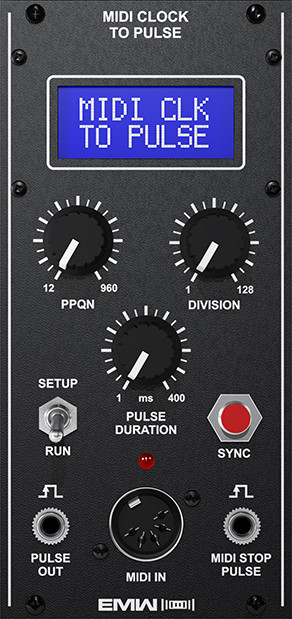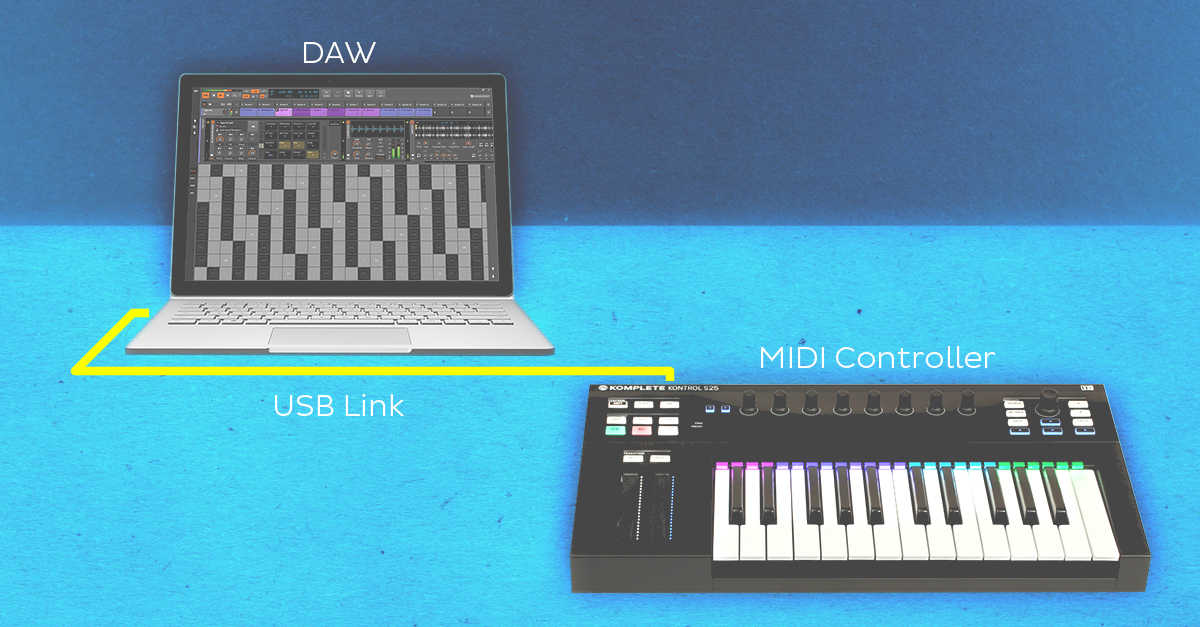
But what you can also do is use these boxes to sync a MPC to a tape recorder. Say: You basically only need these boxes if you want to sync external sequencers/drummachines etc. Some of the above are probably debatable but I have set up with these points in mind and don't have clock jitter issues. Windows MIDI seems more prone to clock jitter judging by what I have read. Use a dedicated MIDI interface plugged into a separate USB bus from your audio interface.

If you use an audio interface which also has MIDI ports, don't use those ports. (Anker is a good brand- the Elektron hub is poor quality)

You also want to optimise the MIDI streams from the computer by connecting directly to a USB port on your computer (instead of through a USB hub) or using quality powered USB 3 hubs with MTT technology.
#MIDI MULTICLOCK MAC OS#
Network activity (especially wifi and bluetooth) can introduce clock jitter, simply because neither Mac OS nor Windows are optimised for MIDI output. This is because the operating system does not prioritise USB MIDI data. If you use a Mac you should be able to get a good MIDI clock output from your DAW by optimising the Mac for MIDI- this means quitting all background apps (especially browsers and other app/process that tries to connect to the internet) and turning off all networking. What these boxes do is provide a MIDI clock to replace the clock output of your DAW and are needed if that DAW clock has too much jitter - which means random fluctuation and NOT a constant lag, which is latency and can be adjusted for.

unless you are using synths with MIDI clocked LFOs and you need that sync to be super tight. If all the sequencing is done on the DAW you don't need any of these. These boxes are only needed if you are trying to sync a hardware MIDI sequencer (or MIDI drum machine/synth with onboard sequencer,or perhaps an older machine with DIN sync), with your DAW.


 0 kommentar(er)
0 kommentar(er)
